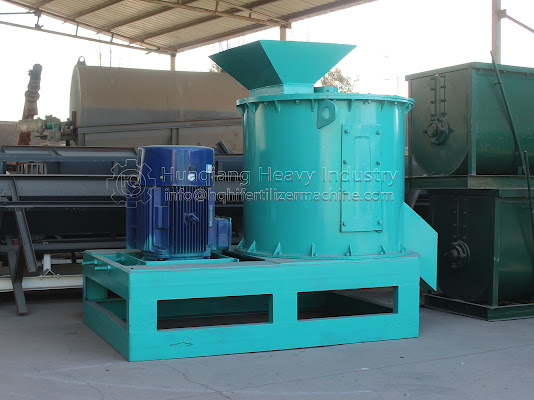Dry and wet application of organic fertilizer granulator
When choosing organic fertilizer equipment, facing the classification of organic fertilizer granulator, we do not know what is appropriate to choose. The following details are introduced for reference. The fundamental difference lies in the selection of appropriate granulation methods according to the requirements of the use of materials. Mainly divided into dry method and wet method two categories:
Dry process
Mainly refers to the relatively low moisture content of the material products. Typically, moisture content below 10% is the zero threshold. (There are also very few materials can reach 16%, such as: some materials themselves only contain crystallizing water) dry granulation is mostly irregular particles (such as: ordinary granular potash fertilizer) or more general, similar shape of small gravel. With the current domestic industrial upgrading and environmental protection requirements more and more strict, many chemical building materials powder need to be made into particles.
Wet process
There are many kinds of wet granulation equipment and methods for materials with moisture content above 20%. Such as: disk granulation, drum granulation, spiral granulation, these methods have been used for many years, with the use of different materials of the environment and processing requirements of continuous improvement and continuous improvement, has made great progress. Such as organic fertilizer granulation popular in recent years, its particle size is mostly between 1mm-6mm, the above method is used.
Organic fertilizer granulator medium - dry granulator has lower energy consumption and more environmental protection than wet granulator. No need to dry, no water and binder, so will not change the performance of the material; This is also the dry method in the organic fertilizer production line. Granulation has several advantages over wet granulation. More suitable for industrial mass production. Another situation is that the particle size of some materials is relatively small, and the products between dozens of mesh and one hundred mesh can also be reduced by air flow, spray, flash drying and other methods.




Comments
Post a Comment